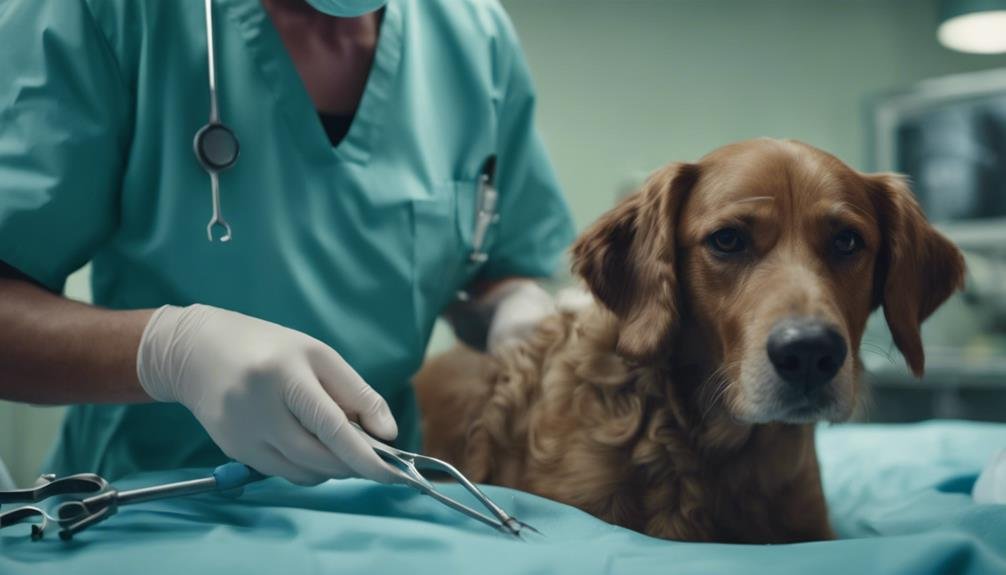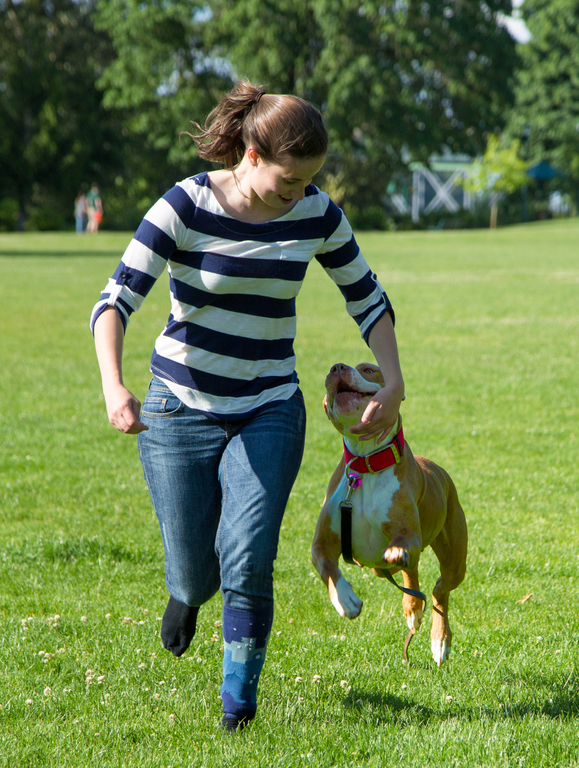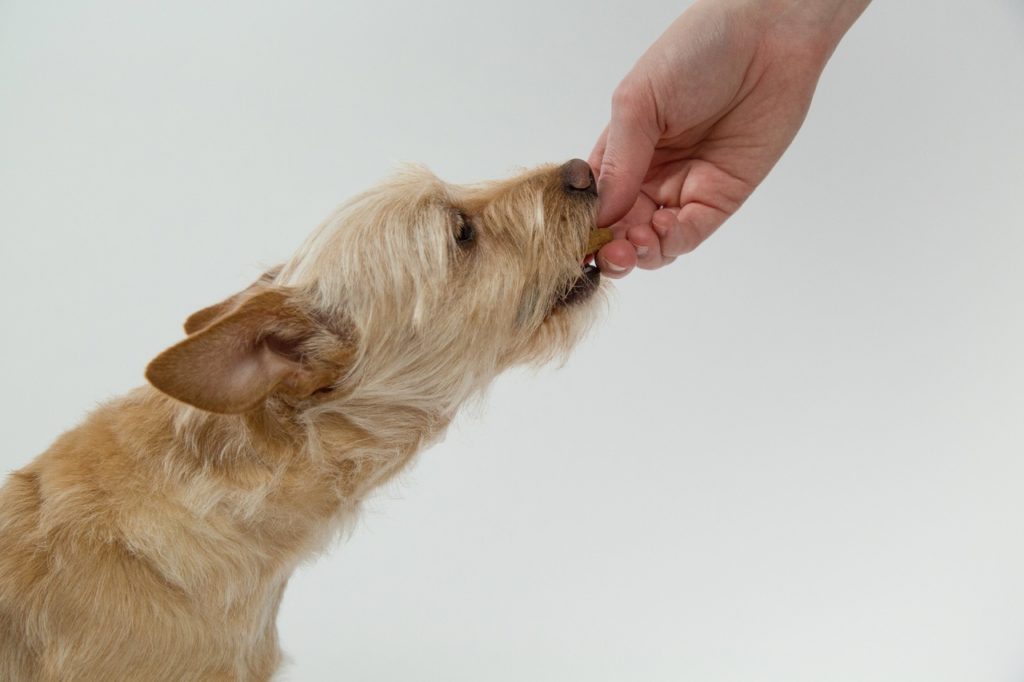Lipomas in dogs are benign fatty tumors that can raise concerns for pet owners. Understanding their characteristics, causes, and implications is crucial in providing optimal care for canine companions.
While typically harmless, these growths can sometimes mimic more serious conditions, necessitating accurate diagnosis and management.
Exploring the nuances of lipomas in dogs can shed light on how to approach these common yet potentially worrisome lumps on your furry friend.
Key Takeaways
- Lipomas in dogs are benign fatty tumors.
- They are more common in overweight and senior dogs.
- Surgical removal is an option if necessary.
- Weight loss may help reduce lipoma size.
Causes of Lipomas in Dogs
Lipomas in dogs are primarily caused by an overgrowth of fat cells within the body. These benign tumors often develop in overweight dogs, possibly due to the excess fat accumulation. Spayed and neutered dogs also have a higher susceptibility to lipomas. Despite being non-cancerous, lipomas can occur in various parts of the dog's body, commonly appearing as smooth, round, and movable masses.
While lipomas are typically harmless, they can grow in size, causing discomfort, especially if left untreated. Understanding the underlying cause of lipomas is essential in managing and preventing these fatty tumors in dogs. Regular monitoring and appropriate weight management strategies can help minimize the risk of lipoma development in canine companions.
Characteristics of Lipomas
What distinguishing features can help identify lipomas in dogs?
Lipomas, the most common benign soft tissue tumors in canines, possess characteristic traits that aid in their recognition. Typically, these fatty tumors are smooth, round, and movable when palpated. Unlike malignant growths, lipomas are usually painless to the touch.
They commonly appear on the main body of the dog, such as the chest, abdomen, or limbs. Lipomas are known for their slow growth rate and the fact that they do not adhere to surrounding tissues. Understanding these distinctive features can assist in distinguishing lipomas from other types of masses found in dogs, aiding in accurate identification and subsequent treatment decisions.
Identification of Lipomas

When identifying lipomas in dogs, recognizing their physical characteristics is crucial for accurate diagnosis and treatment decisions. Lipomas are typically smooth, round, and movable masses composed of overgrown fat cells. These growths are usually found on the main body of the dog and are not painful to the touch.
Lipomas can vary in size, ranging from small pea-sized lumps to larger masses. Their distinct characteristics help differentiate them from other types of tumors. Observing these features can aid in distinguishing lipomas from more concerning growths like liposarcomas.
Understanding the appearance and feel of lipomas is essential for pet owners and veterinarians in determining the appropriate course of action for these benign fatty tumors.
Diagnosis of Lipomas
The diagnostic process for identifying lipomas in dogs involves a comprehensive examination of the physical characteristics and may include a needle aspirate test for confirmation. When diagnosing lipomas in dogs, veterinarians typically consider the following:
- Observation of the mass's characteristics such as size, shape, and mobility.
- Palpation of the mass to assess its texture and consistency.
- Examination of the mass for signs of inflammation or pain.
- Discussion of the dog's medical history and any changes in behavior.
- Performing a needle aspirate test to extract cells from the mass for analysis.
Lipoma Vs. Liposarcoma

Lipoma and liposarcoma are two distinct types of adipose tissue growths that can occur in dogs, differing in their characteristics and potential implications. Lipomas are benign fatty tumors that are usually harmless, non-invasive, and do not spread to other parts of the body. They are typically soft, round, and movable under the skin.
In contrast, liposarcomas are malignant tumors that can be invasive, aggressive, and have the potential to spread to surrounding tissues. Liposarcomas may present as larger, firmer masses compared to lipomas.
It is crucial for veterinarians to accurately differentiate between these two types of growths through diagnostic testing to determine the appropriate treatment plan for the affected dog.
Treatment Options for Lipomas
Exploring management strategies for canine lipomas involves considering various treatment options. When dealing with lipomas in dogs, the following approaches can be considered:
- Monitoring: In many cases, lipomas do not require treatment and can be monitored for any changes.
- Dietary Changes: Weight loss through a balanced diet may help reduce the size of lipomas, especially in overweight dogs.
- Medication: In some situations, medication may be prescribed to manage symptoms or slow down the growth of lipomas.
- Holistic Approaches: Alternative therapies like acupuncture or herbal remedies may be explored to address lipomas.
- Lifestyle Adjustments: Providing regular exercise and maintaining a healthy lifestyle for the dog may help manage lipomas effectively.
Surgical Removal of Lipomas

Surgical excision remains a definitive treatment option for addressing lipomas in dogs. When lipomas cause discomfort, hinder movement, or become cosmetically concerning, surgical removal is often recommended.
The procedure involves making an incision to access the lipoma, carefully excising it, and then closing the wound. It is crucial for the veterinarian to ensure complete removal of the lipoma to prevent regrowth.
Prior to surgery, pre-operative blood work and physical examination are typically conducted to assess the dog's overall health and suitability for anesthesia. Postoperative care involves monitoring for signs of infection, ensuring proper wound healing, and managing any discomfort.
While surgery carries risks like any procedure, it is generally well-tolerated by dogs, leading to successful removal of lipomas.
Liposuction and Lipomas
Utilizing advanced techniques in veterinary medicine, the management of lipomas in dogs has seen a shift towards exploring alternative approaches such as liposuction. Liposuction, though not a standard procedure for treating lipomas in dogs, is being considered as a potential option for certain cases.
- Liposuction can be used to remove large or hard-to-reach lipomas.
- It may result in less scarring compared to traditional surgical removal.
- Liposuction can help in cases where surgical excision is challenging.
- The procedure involves suctioning out the excess fat cells from the lipoma.
- Liposuction for lipomas in dogs should be performed by a skilled veterinary surgeon.
Weight Management for Lipomas

Considering the implications of excess weight on the development and management of lipomas in dogs, addressing weight control becomes a crucial aspect in the overall care plan for these benign fatty tumors. Maintaining a healthy weight can help reduce the size and number of lipomas in overweight dogs. Here is a table outlining key aspects of weight management for dogs with lipomas:
| Weight Management Tips | Description | Benefits |
|---|---|---|
| Balanced Diet | Providing a balanced, low-fat diet can help prevent further fat accumulation. | Reduces the risk of new lipomas forming. |
| Regular Exercise | Regular physical activity helps in burning excess fat and maintaining muscle mass. | Aids in weight loss and overall health improvement. |
| Monitoring Treats | Limiting high-calorie treats and snacks is essential to control calorie intake. | Prevents unnecessary weight gain and helps in weight maintenance. |
Related Information on Lipomas
An understanding of the characteristics and prevalence of lipomas in dogs provides valuable insights into their benign nature and common occurrence.
- Lipomas are non-cancerous growths that do not metastasize.
- Surgical removal is an option for lipomas if needed.
- Lipomas are more common in certain dog breeds.
- They are usually harmless but can cause discomfort if large.
- Lipomas are not typically life-threatening.
Common Dog Breeds Affected

A notable consideration when discussing lipomas in dogs is the commonality of certain dog breeds being affected by these benign fatty tumors. While lipomas can occur in any breed, some are more predisposed to developing them. Breeds such as Labrador Retrievers, Doberman Pinschers, Miniature Schnauzers, and Dachshunds are among those commonly affected by lipomas.
These breeds tend to have a genetic predisposition to developing fatty tumors, making them more prone to this condition. Understanding the prevalence of lipomas in specific breeds can help dog owners and veterinarians be more vigilant in monitoring for these growths and addressing them promptly if necessary.
Regular check-ups and early detection can aid in managing lipomas effectively in affected dog breeds.
Harmless Nature of Lipomas
The benign nature of lipomas in dogs underscores their typically non-aggressive behavior and lack of metastatic potential. Lipomas are generally harmless growths that do not pose a significant threat to a dog's health.
Here are some key points highlighting the harmless nature of lipomas:
- Lipomas are non-cancerous fatty tumors.
- They do not spread to other parts of the body.
- Lipomas are usually painless and do not cause discomfort.
- These growths are slow-growing and rarely cause complications.
- Surgical removal, if desired, is often curative without the need for further treatment.
Additional Facts on Lipomas

What distinguishes lipomas from other types of growths in dogs?
Lipomas are distinct from other growths in dogs due to their composition of overgrown fat cells, resulting in soft, movable masses under the skin.
Unlike cancerous tumors, lipomas are typically benign and do not spread to other parts of the body. Additionally, lipomas are generally painless to the touch, allowing for easy identification through a needle aspirate test.
While they may resemble more concerning growths, such as liposarcomas, lipomas are primarily harmless and often found in older dogs. Understanding these key differences is crucial for accurate diagnosis and appropriate management of lipomas in canine companions.
Conclusion
In conclusion, understanding the causes, characteristics, identification, and management of lipomas in dogs is crucial for pet owners to provide appropriate care for their furry companions.
While generally harmless, it is important to differentiate lipomas from malignant tumors like liposarcomas for proper treatment.
Regular monitoring, weight management, and consultation with a veterinarian can help ensure the well-being of dogs affected by these benign fatty growths.




